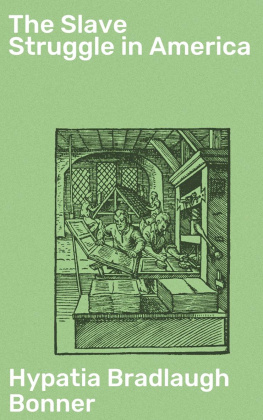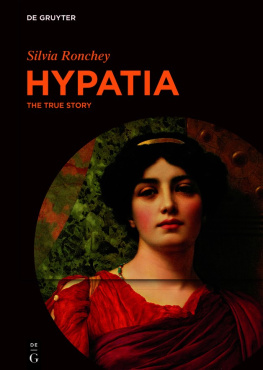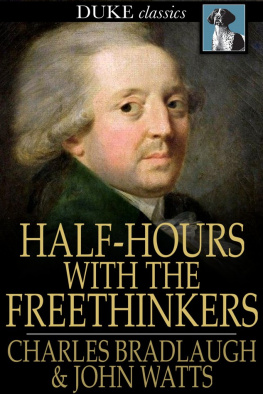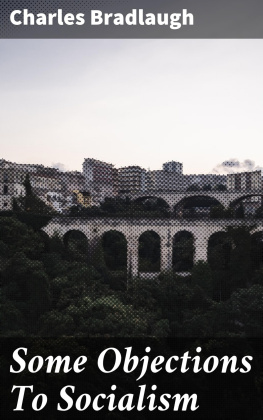Table of Contents
This sketch of the slave struggle in America commences with the reign of George III., but it is necessary to glance over the history of our colonisation of North America to understand out of what diverse material the British-American colonies were built up. A few words on the condition of the colonies in regard to slavery prior to the War of Independence will also help us to the better comprehension of the subsequent struggle.
Our first permanent settlement was in the year 1606, in the reign of James I., under a charter granting to Sir Thomas Gates and others territory, then known as Virginia, territory which Sir Walter Raleigh had thrice attempted to colonise, and which had been called Virginia after the Virgin Queen Elizabeth. The colony was to be governed by a local council, appointed and removable at the will of the Crown. The local council was to be directed by another council sitting in England. Allegiance to the Crown was strictly insisted upon, and the royal authority made supreme. In 1619 there was much discontent in the colony, and the governor, Sir George Yeardley, called a general council, composed of representatives from the different plantations in the colony, and these exercised legislative functions. This is worth noting as the first representative legislature that ever sat in America. In 1624 the Crown demanded and obtained the surrender of the charters. The king then appointed a governor and twelve councillors, who had the entire direction of the affairs of the colony. From that moment until the War of Independence Virginia was a royal province. In 1671 Sir Wm. Berkeley, in answer to the Lords Commissioners, stated that the population was about 40,000. As to instruction, he said: "I thank God there are no free schools nor printing; and I hope we shall not have them these hundred years, for learning has brought disobedience, and heresy, and sects into the world; and printing has divulged them and libels against the best government. God keep us from both."
Capt. John Smith, who was very prominent in the colonisation of Virginia, explored the coast to the north of it. He examined the shores from Penobscot Bay to Cape Cod, and gave such a glowing account of the land to Prince Charles (afterwards Charles I.) that he named it New England. Everyone has heard of those men who, driven from home by persecution, sailed from Southampton in the "Mayflower" and the "Speedwell;" how the captain of the "Speedwell"a tiny vessel of sixty tonsbecame dismayed at the dangers before him; how the emigrants put back to Plymouth; and how, on the 6th September, 1620, the "Mayflower," a frail bark of 180 tons, scarce bigger than a little yacht, set out on her way alone across the broad Atlantic. These menthese Pilgrim Fathershad intended to settle on Hudson's River, in New York, but stress of weather compelled them to land on the shores of Cape Cod. The place of landing was called Plymouth, and here was the first permanent settlement in New England. Before landing the Pilgrims made a voluntary compact, and a governor and other officers were chosen to enact laws. The settlements increasing and being some distance apart, a House of Representatives was established in 1639, the members whereof were chosen annually.
The colony of Massachusetts Bay extended three miles south of Charles river and three miles north of the Merrimack, and was settled in 1628 by Puritans, wholike those who just preceded themwere so persecuted and oppressed at home that they were obliged to seek a refuge on the other side of the ocean. The provisions of the charter presupposed the transaction of the business of the colony in England. It took but a few months to discover that the plantation could not succeed under such circumstances, and it was unanimously decided that the management of the affairs should be carried on by persons resident within it. Massachusetts rapidly grew in strength, gaining an ascendancy among New England colonies. She formed a House of Representatives, each town sending up two members. In 1691, the charter under William and Mary incorporated Massachusetts, New Plymouth, Maine, and Nova Scotia into one province, known as Massachusetts Bay in New England, and this continued until after the revolution.
New Hampshire, Maine, and Connecticut were settled about the same time, or shortly after Massachusetts.
Rhode Island was settled a little differently, by men flying from Massachusetts to escape religious persecution, and Roger Williams is still honored as the founder of the colony. Rhode Island was one of the earliest colonies in which liberty of conscience and freedom of worship were declared in its fundamental laws. Although during the two centuries, which have now rolled away, there have been more than one deviation from these principles, the State to-day continues to make the very charter granted by Charles II. the basis of its laws. It is the only State in the Union which has not formed a new constitution of government.
Thus all the New England colonies were settled by earnest men, who, rather than renounce their convictions, submitted to be driven from the land of their birth.
Maryland was granted by Charles I. to Lord Baltimore, and was named after the Queen Henrietta Maria. An emigration, under the auspices of Lord Baltimore, was made almost immediately by 200 gentlemen, chiefly Roman Catholics, of rank and fortune, with their adherents.
New York was originally settled by the Dutch, but England disputed the right of the Dutch to make any settlement in America; and Charles II., in 1684, granted a patent to his brother, the Duke of York, conveying to him, with powers of government, the region extending from the western bank of Connecticut to the eastern shore of the Delaware, together with Long Island. The Duke of York leased part of this, called New Jersey, to Lord Berkeley and Sir G. Carteret. In the same year a British armament surprised the Dutch colony, compelled its surrender, and proclaimed the government on behalf of the Duke of York, under the description of New York. Thus, the land claimed by the Dutch as the New Netherlands was broken up into the colonies of New Jersey and New York. The New Yorkers did not enjoy the privileges of other colonists, and were much discontented. At the Revolution of 1688 they immediately declared in favor of William of Orange, and the colony was henceforth governed by governors appointed by the Crown assisted by representatives of the people.
The province of New Jersey was divided into two parts, which were ultimately bought of the proprietors by William Penn and others. Dissensions arose between East New Jersey and West New Jersey, and between them and New York, which ended in the government being resumed by the Crown.
Pennsylvania was also originally settled by Dutch and Swedes, but it became the property of William Penn in 1681, whence its name. Penn at once invited emigration to the province, and Dr. Story says that "under his enlightened policy a foundation was early laid for the establishment of a government and laws which were justly celebrated for their moderation, wisdom, and just protection of the rights and liberties of the people." During the first twenty years three forms of government were established and abandoned, until, in 1701, one was established by which the province was governed until the War of Independence. The legislative authority was vested in an assembly of delegates, chosen annually, and a governor nominated by them. Penn also bought the three counties of Delaware, which were then inhabited chiefly by Dutch and Swedes.













